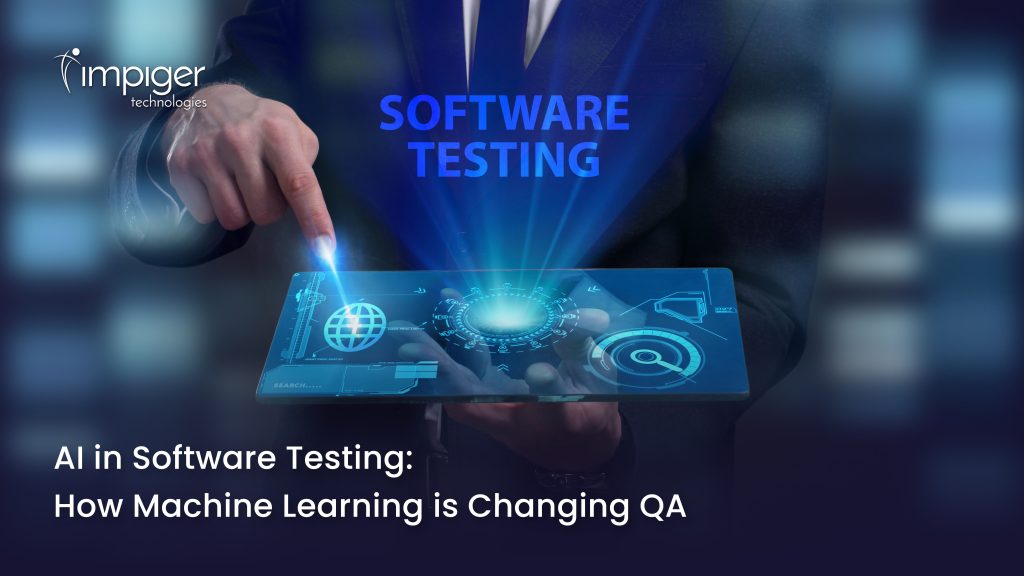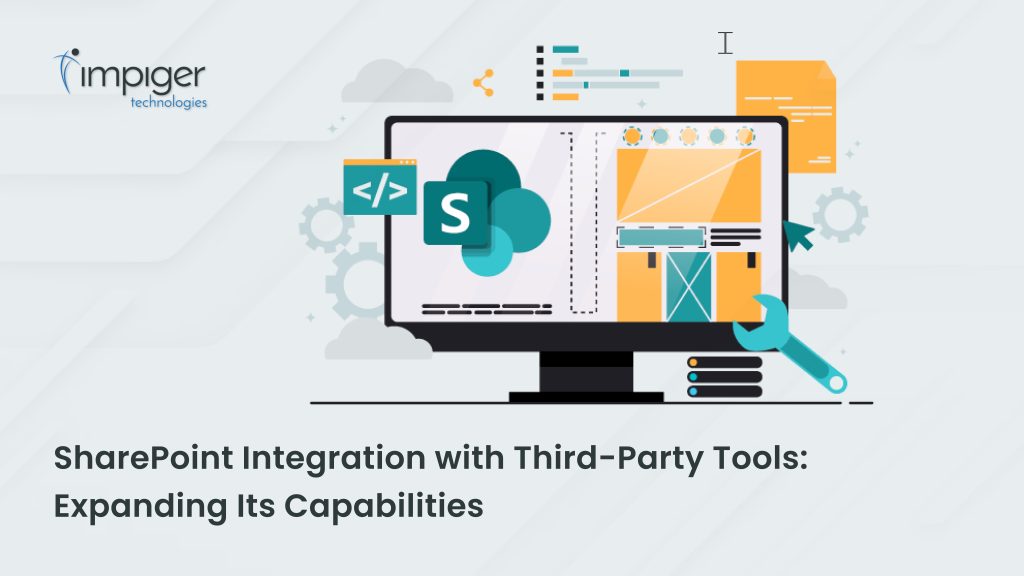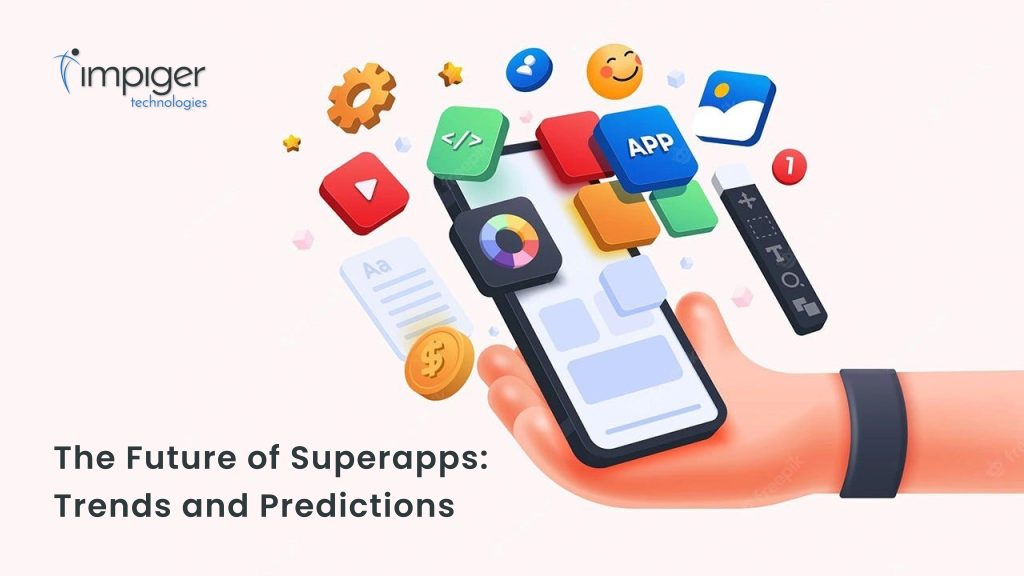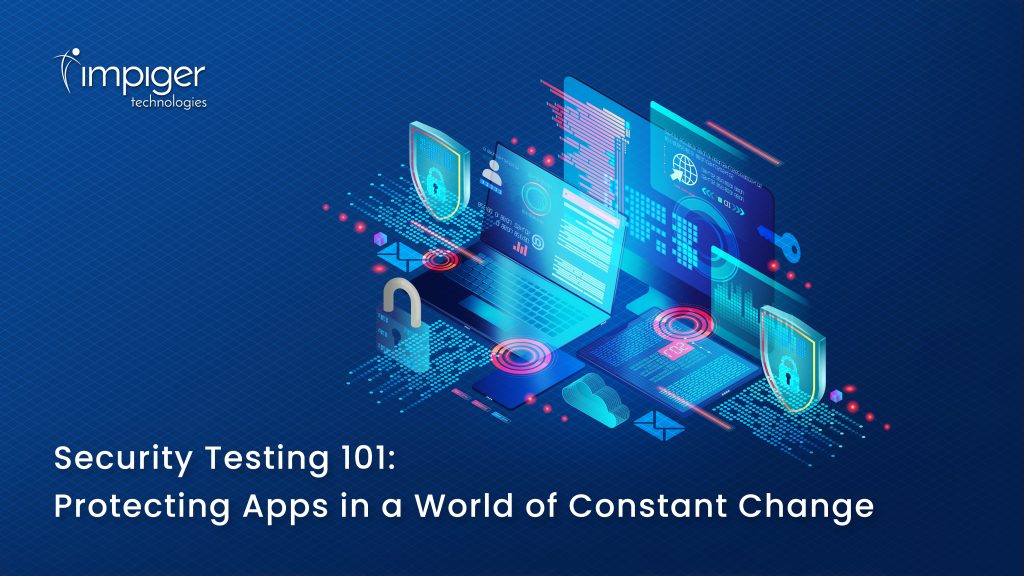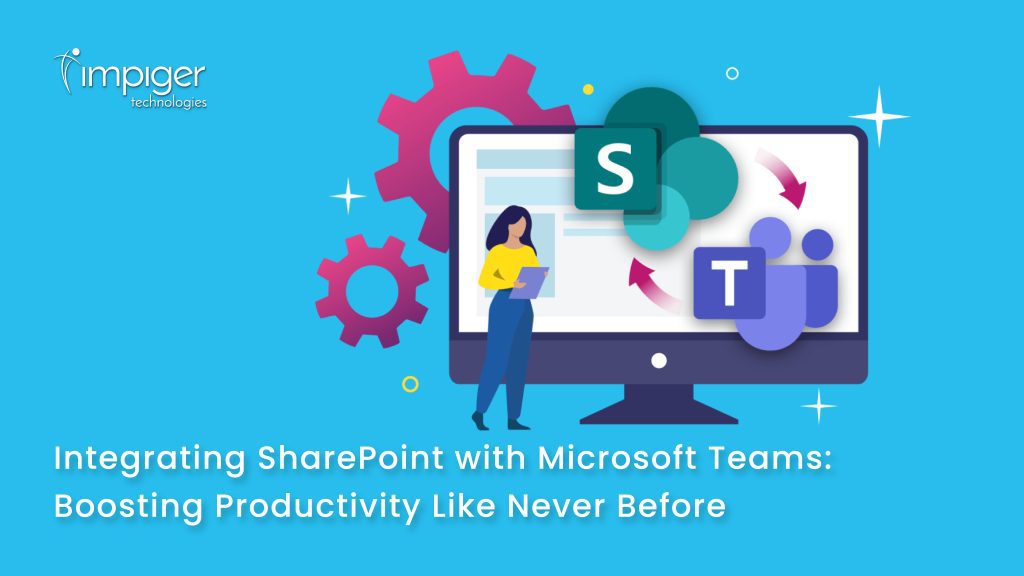The chatbot you knew five years ago? It’s long gone.
Welcome to Conversational AI 2.0—where chatbots aren’t just answering questions; they’re predicting needs, initiating actions, and becoming active participants in business processes. We’ve moved from rule-based responders to intelligent assistants that think, learn, and guide users with a human-like flair.
In this blog, we’ll explore how AI-driven conversational systems are transforming from reactive tools into proactive business allies—and what t.his evolution means for your customers, your teams, and your bottom line.
From Reactive to Proactive: What’s the Difference?
Reactive chatbots wait. They respond only when a user initiates contact. Think: “What are your business hours?” or “Where’s my order?”
Proactive chatbots, however, lead the conversation. They:
- Anticipate user intent
- Offer support before it’s asked for
- Suggest next steps based on behavioral context
- Trigger automated workflows on behalf of the user
Imagine your chatbot reminding a customer about an abandoned cart, notifying HR about a pending timesheet approval, or suggesting documents to a new hire—without anyone prompting it. That’s Conversational AI 2.0.
What’s Powering This Evolution?
Several technological advancements are driving this shift:
1. Natural Language Understanding (NLU) and Context Retention
Modern chatbots grasp not just what was said, but what it means. By remembering user preferences and past interactions, they deliver context-rich conversations—more relevant, more accurate, and more human.
2. Machine Learning & Predictive Analytics
Chatbots can now learn from data—clicks, queries, sentiment, and outcomes—to make smarter suggestions. The more it talks, the better it gets.
3. Integration with Enterprise Systems
Chatbots are being deeply embedded within CRMs, ERPs, HRMS, and ITSM tools—allowing them to pull data, trigger actions, and close loops autonomously.
4. Multichannel Presence
From websites to WhatsApp, Slack to voice assistants, modern AI chatbots are omnipresent—and they maintain a consistent, continuous experience across platforms.
Business Benefits of Proactive Conversational AI
The impact goes far beyond fewer help desk tickets.
- Higher Customer Engagement: Users respond more to timely, contextual nudges than static FAQs.
- Increased Conversions: Proactive product suggestions, follow-ups, and cross-sell prompts drive sales.
- Operational Efficiency: Internal bots streamline workflows, approvals, and repetitive requests across departments.
- Employee Enablement: Proactive bots onboard, guide, and support teams without overwhelming HR or IT.
Use Cases Across Industries
- Retail: Suggesting size based on past orders or notifying about restocks.
- Healthcare: Reminding patients about medication, upcoming appointments, or billing due dates.
- Finance: Alerting customers of unusual account activity or nudging them toward saving goals.
- HR: Following up on pending reviews, nudging employees to complete compliance training.
How to Get Started
- Start with Intent Mapping: What are your users asking—and what aren’t they asking that they should be?
- Choose the Right Platform: Ensure your chatbot can support integrations, machine learning, and automation logic.
- Design for the Journey: Don’t just answer questions—guide users to the next best step.
- Test, Learn, Improve: Use analytics and feedback loops to continuously refine your bot’s proactivity.
Final Thoughts: Your Chatbot, But Smarter
Conversational AI 2.0 isn’t just an upgrade—it’s a shift in how businesses engage. By evolving your chatbot from a passive responder to a proactive assistant, you’re not just keeping up with tech trends—you’re transforming customer and employee experiences in ways that matter.



